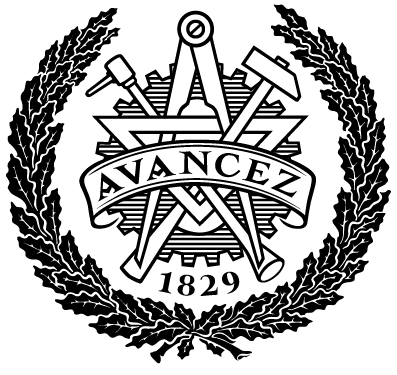Architecture and solar design; exhibition center in the archipelago of Hunnebostrand
Ladda ner
Publicerad
Författare
Typ
Examensarbete för masterexamen
Master's Thesis
Master's Thesis
Modellbyggare
Tidskriftstitel
ISSN
Volymtitel
Utgivare
Sammanfattning
The most common way of producing energy today
is by extracting fossil fuels from the ground and burn it.
This method is severely harming our planet and there
are ways of producing energy that are not as harmful,
so why are not those methods our primary source?
In one hour, we receive enough sunlight to provide
for the world’s electricity for an entire year and that
makes solar energy an important step towards
reaching 100% renewable energy. The first solar
cell was introduced in 1954 and you could argue that,
while looking at today’s standard panels, the appearance
has not changed that much in 70 years.
As architects, solar panels might be seen as an obstacle
while trying to create be autiful design. The aim of this
thesis is therefore to create a new vision and change the
narrative of solar energy in the world of architecture. It
focuses on and explores ways of how solar power
may be integrated into buildings, with the intention to
implement the learnings in a project located on the site of
Hunnebostrand. To frame this work, the research question
of this thesis is the following: “How can architects design
with solar panels for it to become an integrated part of the
architectural concept of the building?”
To find answers for the research question, three different
methods will be used. Initially, general knowledge of solar
panel system needs to be studied to be able to implement
it in a design, creating a framework that can be used later
in the process. This phase is also where theoretical
studies regarding the site will take place. This is the Research
for design phase. Secondly, the Research by design phase,
is where reference projects are studied, both for knowledge of
solar panel integration, and inspiration for the architectural
concept of the project. The third method, the Research by
design phase, is where knowledge and theory are translated
and gathered into design.
